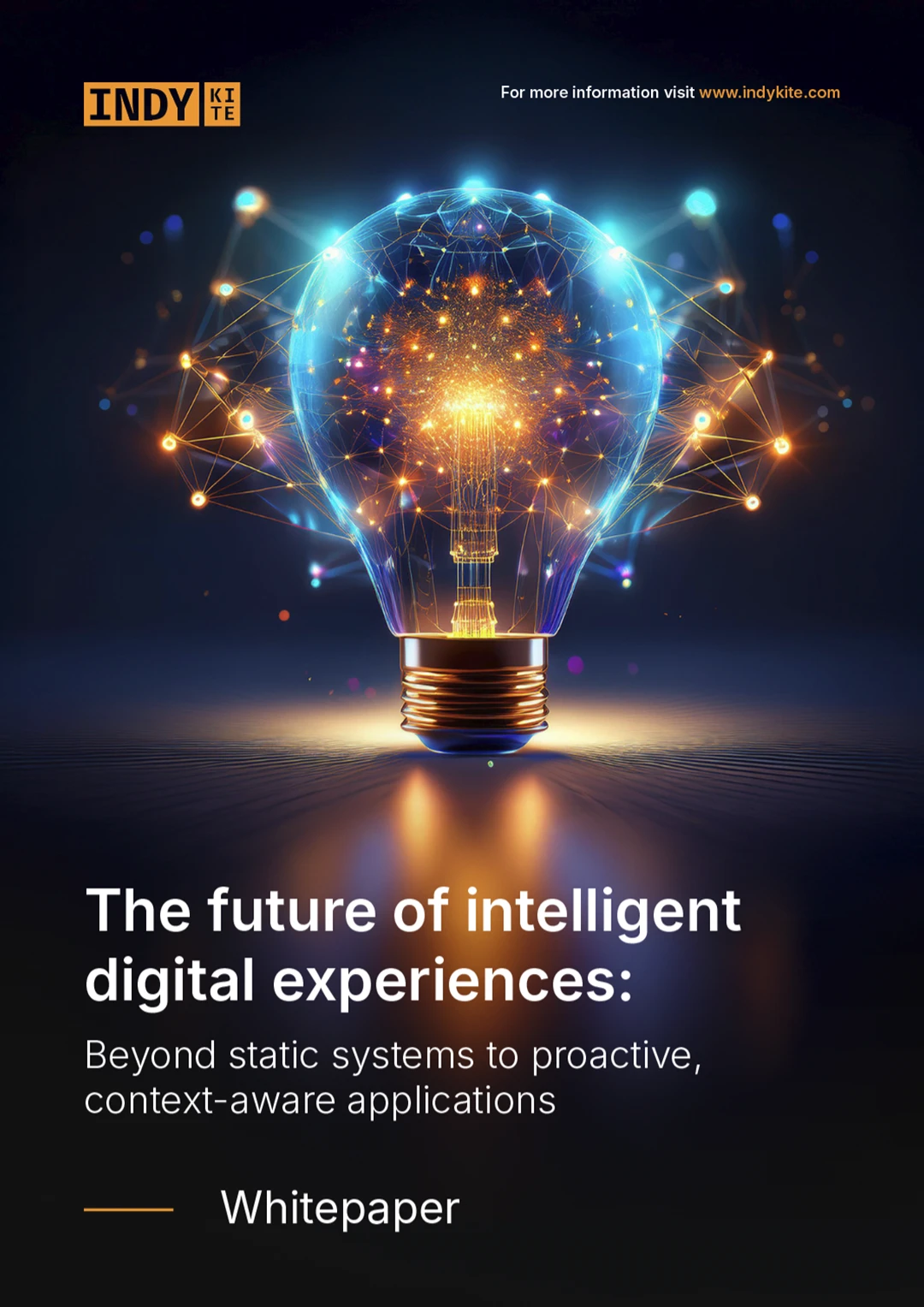We are more online than ever before, and more of our lives are online than ever before. Our personal and identity data is collected by practically every service or product we engage with and spread around the far corners of the online world.
This data is gold both for business and malicious actors. For businesses this data can create the opportunity for tailored services, upselling opportunities and value creation. For attackers this data is a gold mine for system exploitation, onselling and lateral compromise.
Identity data is by far the most common type of data targeted by malicious actors and the effect of a breach can be crippling for individuals and businesses. Identity is also the main culprit or at least a significant factor in how most attacks are carried out: compromised credentials, phishing, business email compromise, social engineering, all feature identity as the attack vector or enabler.
Protecting this data is critical to the security, not just of the PII, but also of systems and intellectual property.
The new perimeter
In the past, network security was defended at the perimeter. Now with increasing remote work forces, bring your own device (BYOD) and the rise of IOT and smart devices, the boundaries for conducting business have greatly expanded, as has the attack surface. To manage this, many organizations are moving to a zero trust model that restricts unauthorized access from outside but also from within the organization - making identity the new perimeter.
With identity at the heart of the threat landscape and also the key defense focus, Gartner has named identity-first security as one of the top security and risk management trends. Identity and access management systems must evolve to enable the right individuals to access the right resources at the right times for the right reasons.
“Today’s cyber threats are increasingly sophisticated and implementing identity-first security frameworks to authenticate and validate all digital identities – both humans and the machines – is now table stakes for every organization. The consequences of not prioritizing digital trust are dire, especially as we forge ahead with hybrid-multicloud, decentralization, and Web3, and as quantum computing inches closer to reality."
David Mahdi, Chief Strategy Officer and CISO Advisor, Sectigo.
Establishing digital trust is the cornerstone of access management, but this trust must be maintained and consistent throughout the user experience.
Orchestration for Web 3.0
Orchestration provides a consistent privacy posture across every client interaction, touchpoint and jurisdiction. It simplifies and automates authentication, authorization and risk policy decisions for all user types across all interactions and surfaces. Not only is this important for maintaining security, but also for user experience, scalability and flexibility.
Siloed authentication services and vendors and fragmented digital identities undermine these business drivers.
Connected, interoperable and context aware identity services will increasingly deliver value and eliminate unnecessary barriers and friction.
This will become increasingly important as Web 3.0 brings a host of decentralization and users take back control of their data, and as billions of devices come online and also require identity management.
Future-proofing identity
IndyKite is focussed on building authentication and authorization services that are poised for the future and can provide value both to the business and the end-user.
The Identity Knowledge Graph combines the power of graph database technologies with an externalized authorization and identity fabric.
IndyKite.id creates an identity reference model to map any device, person, or thing, which are transcribed in our Knowledge Graph as Digital Twins. The reference points to and adapts with your business domain logic, both externalizing your authorization enforcement away from your apps and services while decentralizing the data model underneath.
Once verified with high confidence, the identity relationship data can be enriched and used for top-line initiatives like hyper-personalization, recommendations, and deep insights. With IndyKíte, businesses can apply machine learning and AI on top of the knowledge graph to extend and enhance the metadata of entities and relationships. When you enrich your data set with new knowledge, the graph becomes more valuable for authorization and beyond.
In the past, access control and identity have only been about security and enabling digital service–but at IndyKite we see an untapped potential where it can also enhance digital services too.
Interested in learning more? Check our webinar on Orchestration: privacy and security in Web 3.0.


















